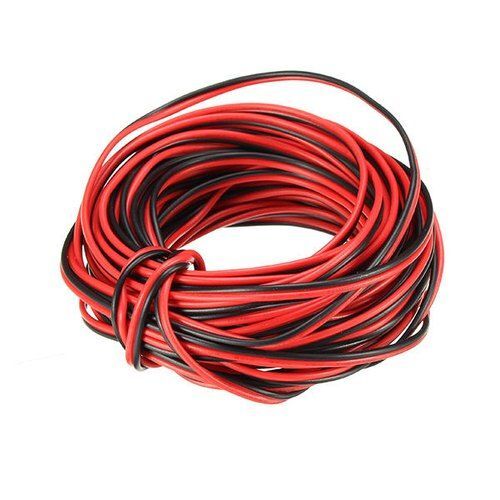The Impact of Positive and Positive Wires Touching in Electrical Circuits
In the realm of electrical engineering, the interaction between positive and positive wires in a circuit can have significant consequences. When positive wires come into contact with each other, it creates a scenario known as a short circuit. This occurrence can lead to various outcomes depending on the specific circumstances and components involved.
- Short Circuit Formation: When positive wires touch, a short circuit is formed due to the direct connection between the two wires. This results in a pathway with very low resistance, allowing a large current to flow unrestricted. The sudden surge in current can overwhelm the circuit components and potentially lead to damage.
- Overheating and Fire Hazard: One of the immediate risks of positive wires touching is overheating. The increased current flow generates excess heat, which can cause the wires to melt or insulation to burn. In extreme cases, this can result in a fire hazard, posing a threat to both property and personal safety.
- Component Damage: The excessive current in a short circuit can damage various components within the circuit. Integrated circuits, transistors, resistors, and other sensitive elements may fail due to the sudden influx of current beyond their designed limits. This can render the entire circuit dysfunctional and necessitate component replacement.
- Circuit Protection Mechanisms: To mitigate the risks associated with positive wires touching, circuit designers often incorporate protective measures such as fuses, circuit breakers, and surge protectors. These devices are designed to interrupt the current flow in case of a short circuit, preventing further damage to the circuit and ensuring safety.
- Safety Precautions: When working with electrical circuits, it is crucial to follow safety protocols to avoid accidental short circuits. Always ensure that the power source is disconnected before making any connections or modifications to the circuit. Additionally, using proper insulation, such as heat shrink tubing or electrical tape, can help prevent unintended contact between wires.
In conclusion, the consequences of positive wires touching in an electrical circuit can range from component damage to fire hazards. Understanding the risks associated with short circuits and implementing appropriate safety measures are essential in maintaining the integrity and functionality of electrical systems. By being vigilant and adhering to best practices, individuals can minimize the likelihood of incidents resulting from positive wire contact.

Post Comment